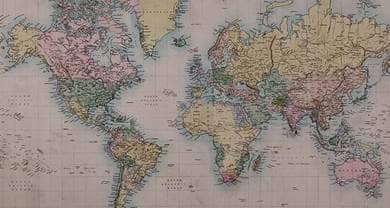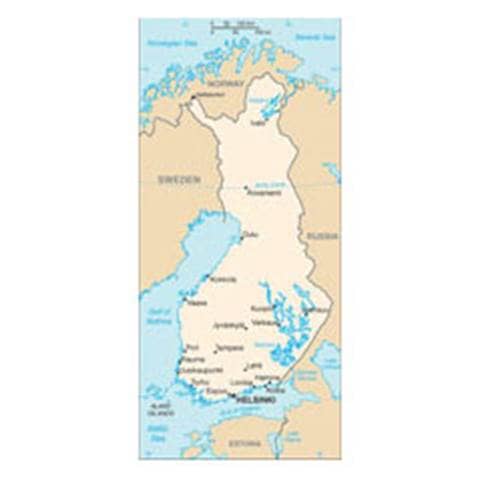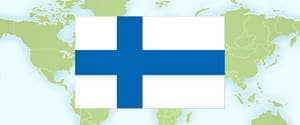- Trending:
- Forgiveness
- |
- Resurrection
- |
- Joy
- |
- Afterlife

RELIGION LIBRARY
Finland

The country has an area of 130,127 square miles and a population of 5.3 million. Approximately 82 percent of the population belongs to the ELC and 1 percent to the Orthodox Church. There are seven Roman Catholic congregations with an estimated 9,000 registered members, and two Jewish congregations with approximately 1,500 members. Pentecostal church communities registered as associations have an estimated 45,000 members. Only a fraction of Pentecostal churches are registered, however, and the actual number of Pentecostal worshippers is considerably higher.
There are approximately 40,000 Muslims, compared with an estimated 1,000 in 1990. Their numbers continued to grow due to immigration and a high birthrate. Of these, approximately 30,000 are Sunni and up to10,000 are Shiite. The largest group is Somali; there are also communities of North Africans, Bosnians, peninsula Arabs, Tartars, Turks, and Iraqis. There are four major Muslim organizations: the Muslim Community in Finland, the Tampere Muslim Community, Shi'a Muslims, and the Multicultural Dawa Center of Islam.
Membership in nonstate religious groups totals approximately 61,000. An estimated 16 percent of the population does not belong to any religious group.
The rapid modernization of society has modified attitudes toward religion. Society has become more secular, political and social philosophy has diverged from religious philosophy, and religious belief has largely become a private matter. Research indicates, however, that most citizens still consider religion and spirituality very significant in their lives. Despite the small number of persons who attend church services regularly, citizens have a high regard for the church and its activities, consider their membership important, and still value church ceremonies. Most citizens are baptized and married in the church, confirmation classes are common, and most citizens choose religious burial services.
Over the past several decades, as many as 450,000 persons have left the Evangelical Lutheran Church (ELC). An estimated 50,000 members left the ELC during the reporting period, higher than during the previous year, while approximately 10,000 joined. Separation from the Church has risen markedly since implementation of the Religious Freedom Act of 2003, which made separation much easier. Since then, separations have increased from approximately 16,000 to 50,000 a year. The October 2008 "youth barometer" poll found that 73 percent of citizens ages 15 to 29 felt no attachment to a religious community. The figure in 2004 for the same poll was 63 percent.
Catholics, Muslims, and Jews, as well as "nontraditional" religious groups, freely professed and propagated their beliefs. Such groups as Jehovah's Witnesses and The Church of Jesus Christ of Latter-day Saints (Mormons) have been active for decades.
| Population | Population (2009 est.) 5,250,275 |
| Religious Demographics | Lutheran 82.5%, Orthodox Church 1.1%, other Christian 1.1%, other 0.1%, none 15.1% (2006) |
| Ethnic Groups | Ethnic Groups Finn 93.4%, Swede 5.6%, Russian 0.5%, Estonian 0.3%, Roma (Gypsy) 0.1%, Sami 0.1% (2006) |
| Languages | Languages Finnish 91.2% (official), Swedish 5.5% (official), other 3.3% (small Sami- and Russian-speaking minorities) (2007) |
| Country Flag |  |










